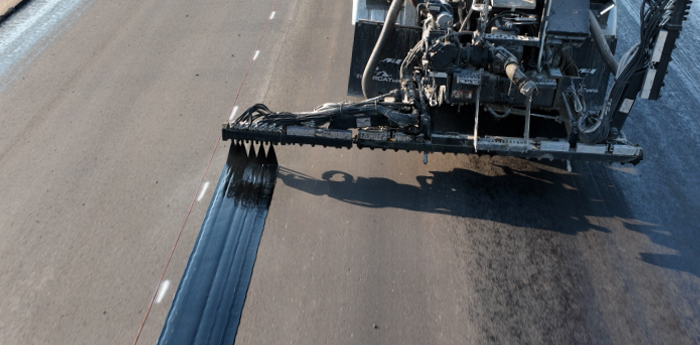
Void Reducing Asphalt Membrane (VRAM), or Longitudinal Joint Sealant (LJS), elevates pavement performance from the bottom up. Evergreen Roadworks is the world’s largest applicator of a premium class of VRAM/LJS known as J-Band®. Unlike other treatments, J-Band significantly reduces air voids in longitudinal joints from the bottom up – literally. This not only extends the life of the joint, but improves the performance of the entire pavement.
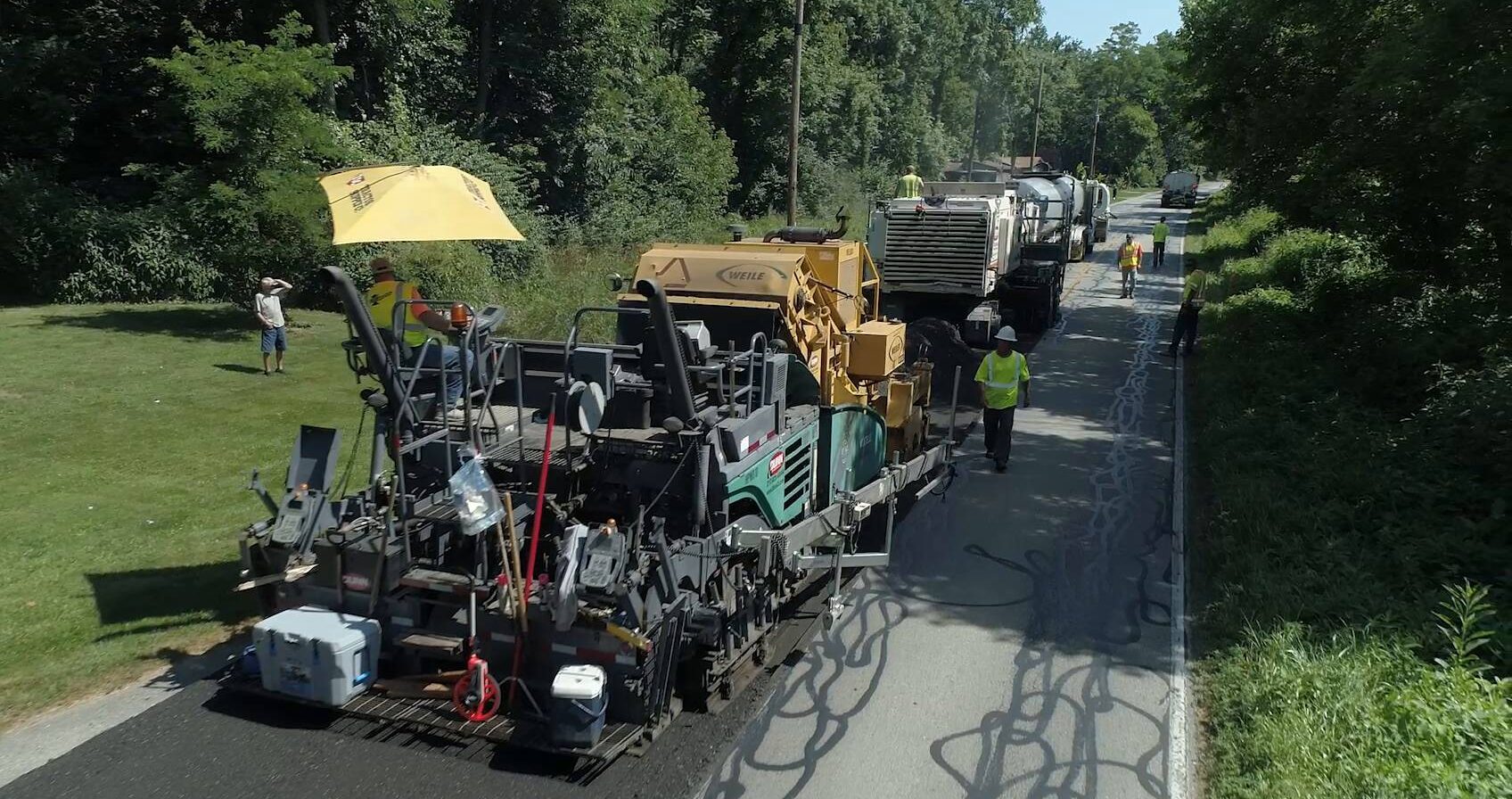
Cold In-place Recycling (CIR) is a process where a continuous train of machines are used to cold mill the top two to five inches of an asphalt road into reclaimed asphalt pavement (RAP). These RAP millings are mixed with an asphalt emulsion, or foamed asphalt, then run through a paver back onto the roadway, followed by rollers to compact the final surface. By reducing trucking, time and materials, CIR significantly reduces the cost of trucking and natural resources.
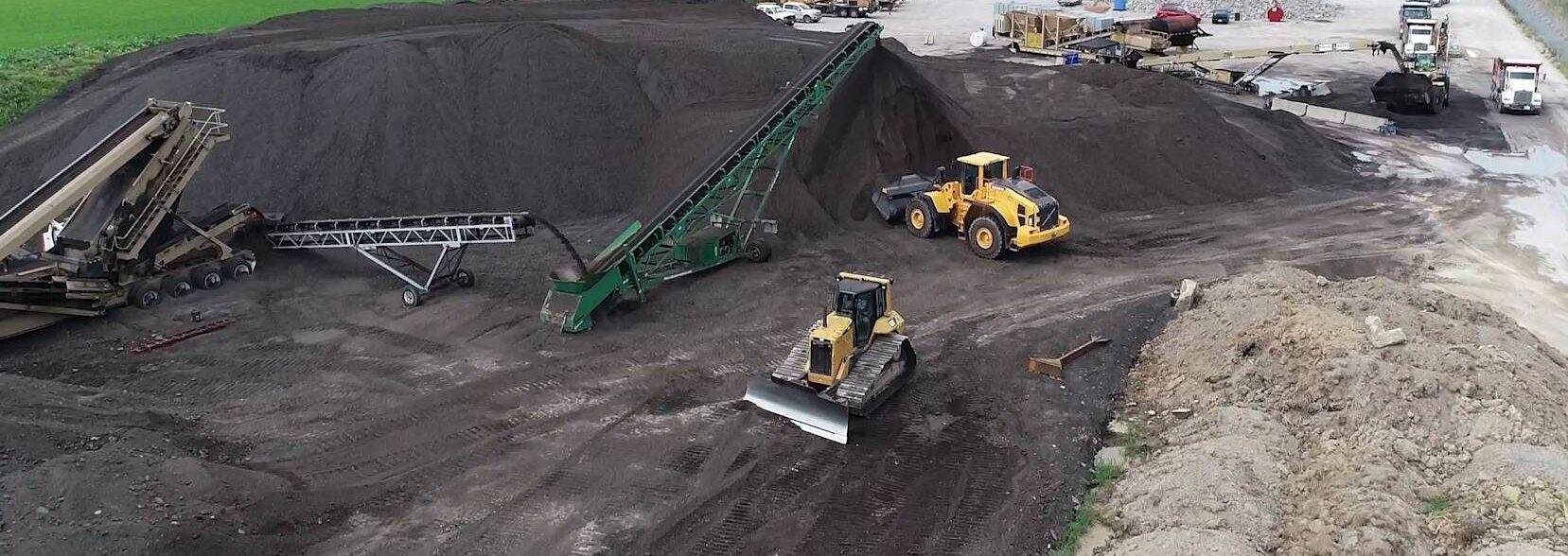
Cold central plant recycling (CCPR) is the process of recycling reclaimed asphalt pavement (RAP) through a cold-mix plant, centrally located near a project. The plant can be transported to any desired recycling location, where RAP that is either transported to, or stockpiled at, this central location is run through a portable cold-mix plant. The RAP is mixed with the appropriate asphalt emulsion/asphalt cement, to create a CCPR mixture designed for immediate use in paving.
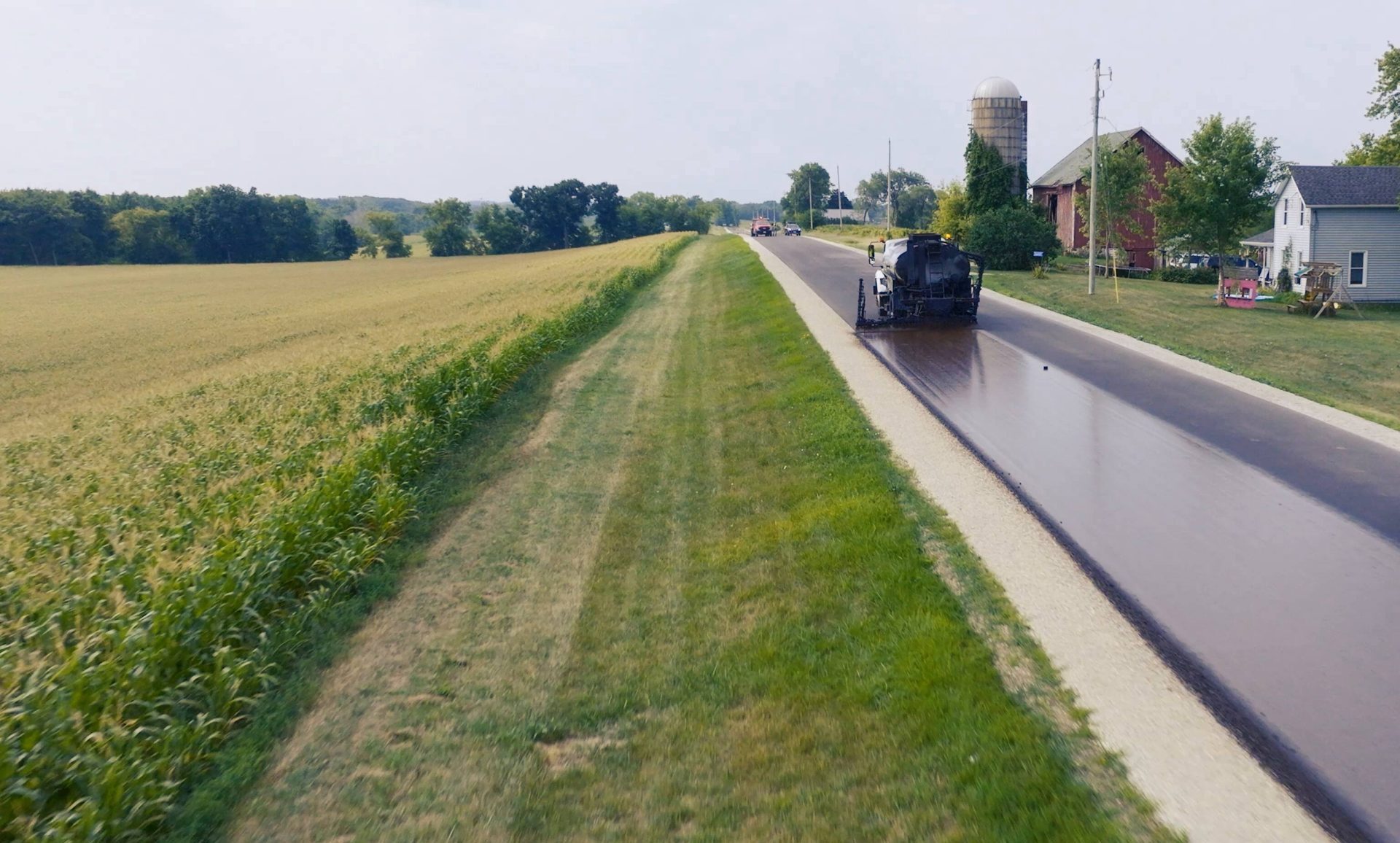
Rapid penetrating emulsions (RPE) are asphalt emulsions specially formulated to penetrate pavement quickly and thoroughly to fill air voids. Unlike some seals that simply cover the surface of the road, RPE reduces permeability by penetrating into the pavement, which is critical to extending pavement life. It should be placed within two years of a pavement’s life to prohibit oxidative aging. AMIGUARD™ is Asphalt Materials, Inc.’s premium rapid penetrating emulsion.
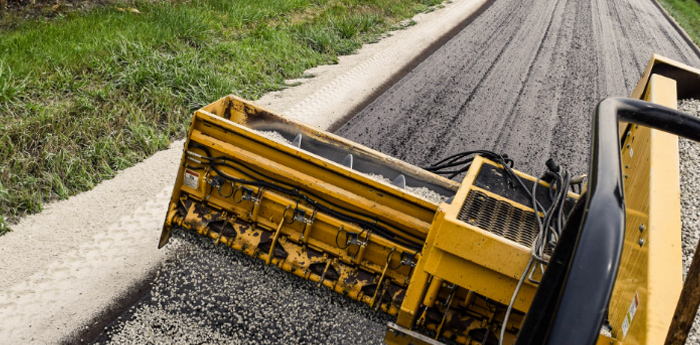
Chip seal is a surface treatment that consists of an application of asphalt binder (emulsion or asphalt cement), with layers of embedded aggregate. The process may be repeated to create a double or triple chip seal. This treatment provides a new skid-resistant wearing surface, stops raveling, seals minor cracks and slows deterioration of the existing surface by mitigating water intrusion. Chip seal emulsions can be polymer modified to improve aggregate retention and provide for a quicker return to traffic. Chip seal remains one of the most cost-effective methods to preserve infrastructure.
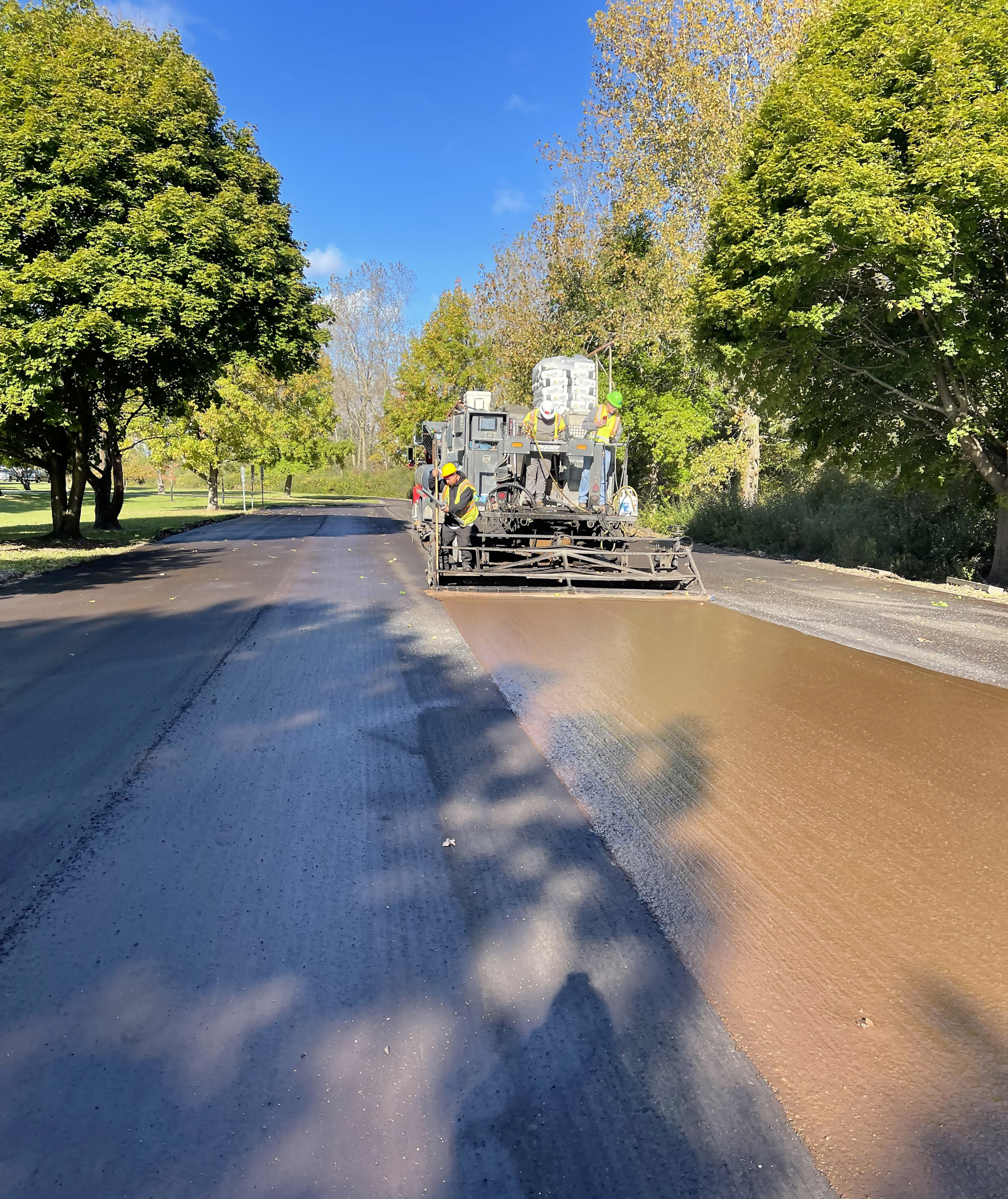
Micro surfacing is a surface treatment designed to extend the life of asphalt pavements in good condition by providing additional skid resistance, reducing moisture intrusion, protecting from oxidation and raveling and restoring a uniform black appearance. Due to the formulation, micro surfacing may be placed in greater thickness than slurry seal. It can also be used for rut repairs and is the most economical choice for leveling. Micro surfacing allows quick construction times and minimal disruption to the traveling public.
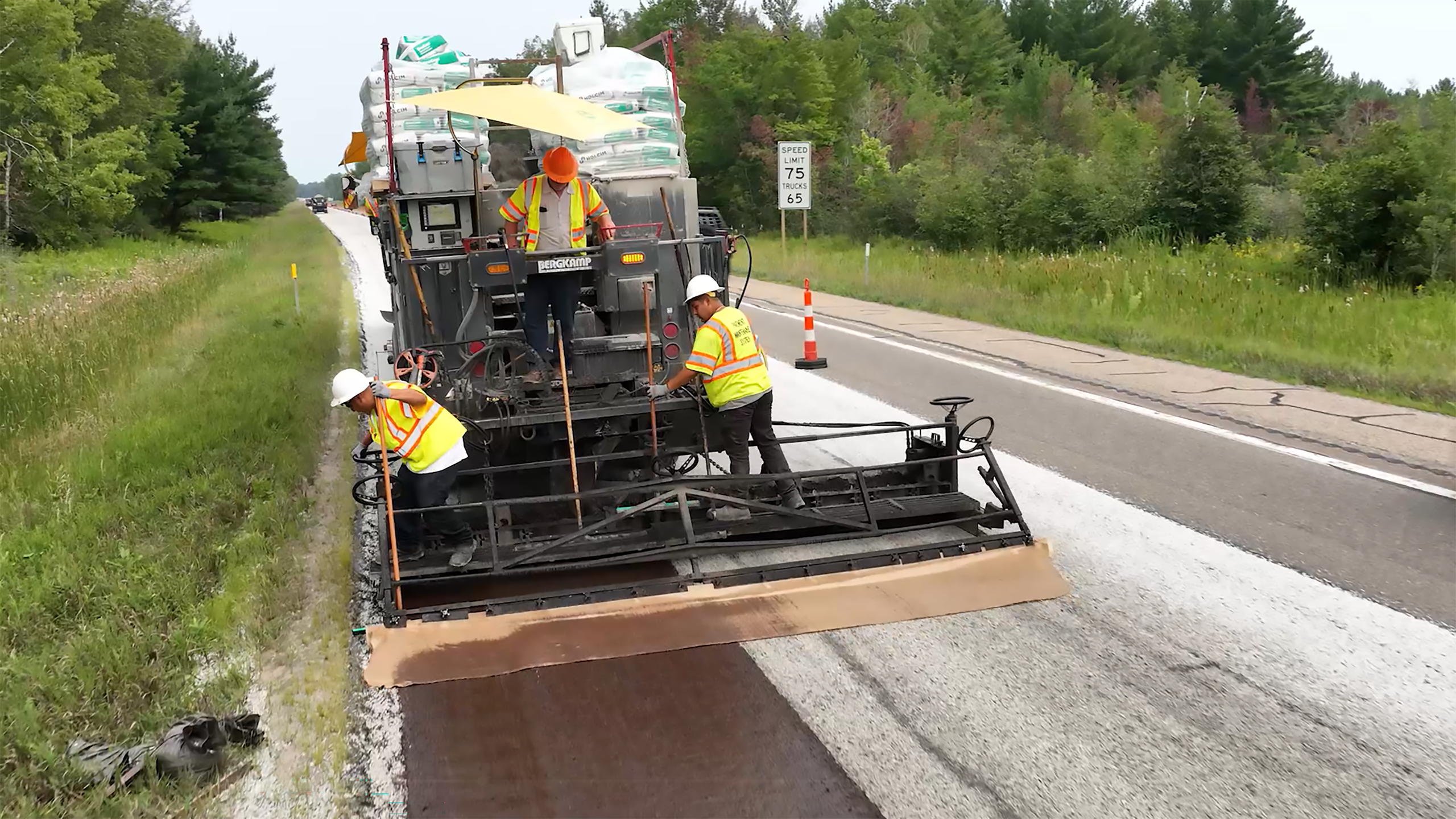
Cape seal is a two-step surface treatment that combines a chip seal application covered by a slurry seal or micro surfacing application. It is designed to extend the life of pavements in fair to good condition. Cape seals are beneficial in urban areas where chip seals alone are not preferred. Cape seal is also known for quick construction and return to traffic.
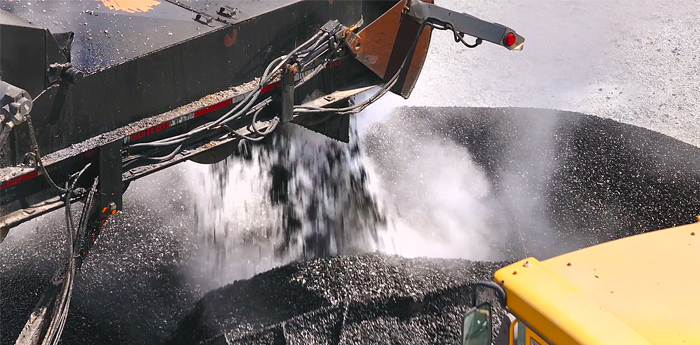
Pug mix is a custom blend of coarse and fine aggregate, combined with an asphalt emulsion, which is either chemically modified (CM) or a high float emulsion (HFE). Pug mix is an environmental and economical alternative to hot mix asphalt (HMA). Primarily used on low-volume rural and secondary roads, it offers a durable, water-resistant layer for new pavement or surface rehabilitation projects.

Fog Seal is a single, typically light, application of emulsified asphalt over an existing roadway. Fog seal can be applied on a hot-mixed asphalt, chip sealed or micro surfaced pavement. Fog seals helps lock the aggregate in place and provide a darker color to
contrast the striping, improving safety. It also protects the pavement from moisture intrusion and oxidation, and extends pavement life by 2-4 years, depending on existing pavement conditions. Fog seals are applied in a single or multi-pass application by an asphalt distributor.
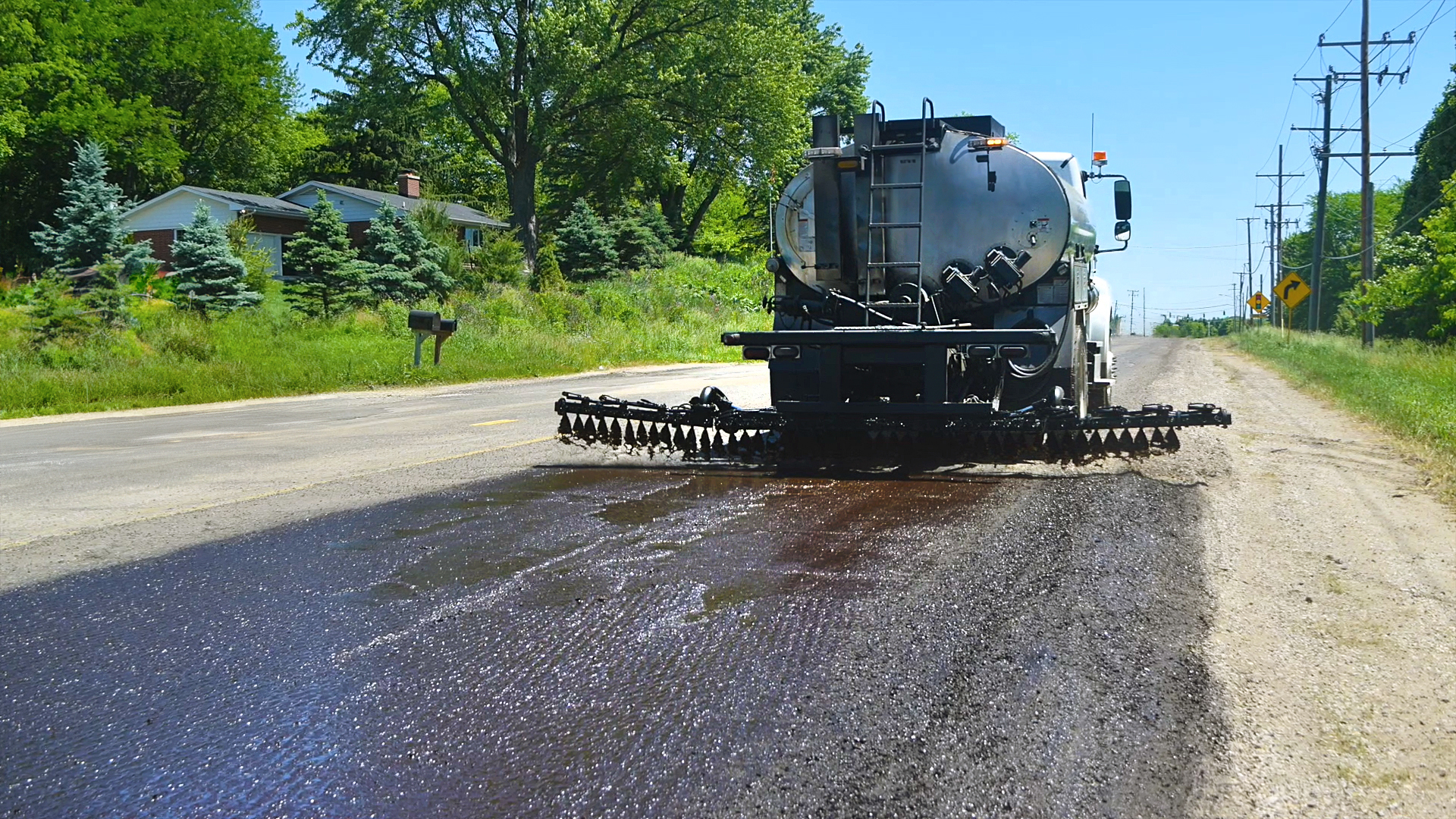
A tack coat, or bond coat, is a light application of an asphalt emulsion designed to ensure a strong bond between asphalt pavement layers to prevent slippage or de-lamination. This acts as additional glue for the overall structure and supports compaction. Tack coat is sprayed on a road surface before a layer of hot mix asphalt is placed.